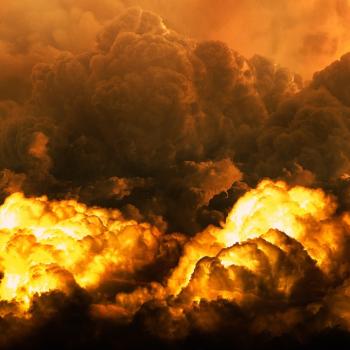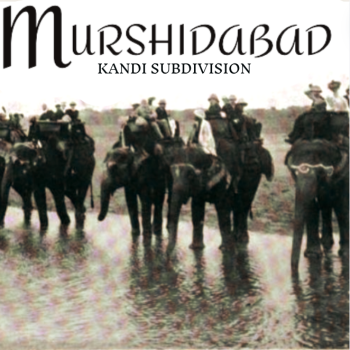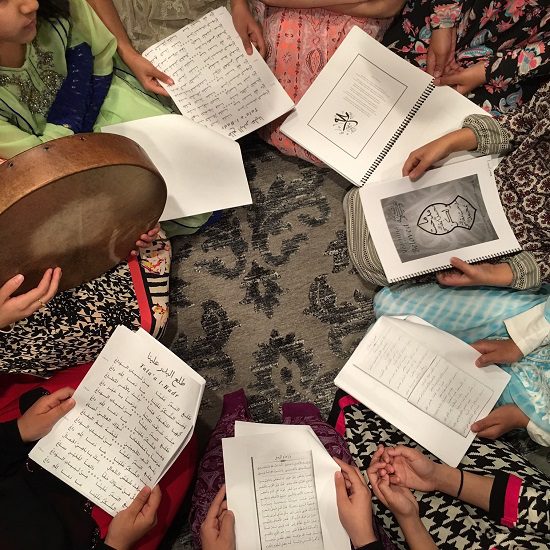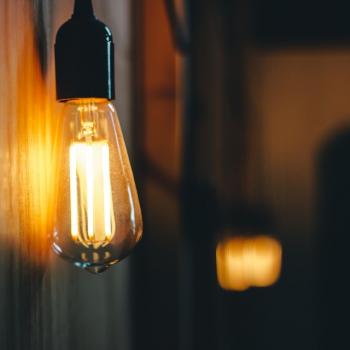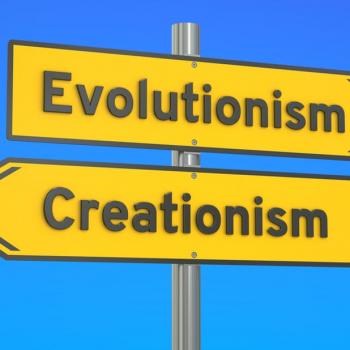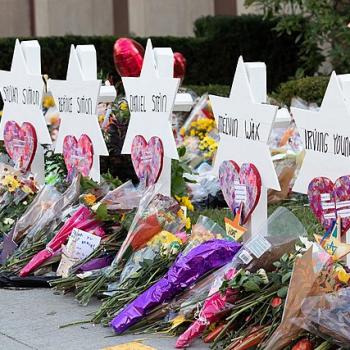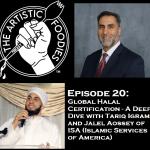 |
|
Where’s Obama? (Photo credit: Fopy)
|
Senator Barack Obama and I have at least this in common: we both started our educations in Christian and Muslim schools, and completed them at Harvard. As a child, White House-aspirant Obama lived in Indonesia and attended Muslim and Catholic schools. He eventually graduated from Harvard Law School.
As a second grader, growing up in Apartheid-era South Africa, I broke the color barrier at one of the country’s most prestigious elementary schools, a historically whites-only and Anglican-affiliated institution. After my mornings at a private white Christian school, I attended an afternoon Madrassah (a Muslim religious school).
These days, everyone from American Secretaries of Defense to Fox News anchors seems to have an opinion (usually unenthusiastic) about Madrassahs. With all the fuss about Barack Obama and his own background, I thought it would be useful to describe my own childhood Madrassah experience.
Lenasia, South Africa, the racially segregated township for Indians in which I was raised, was dotted with Muslim mosques, Hindu temples, and Christian churches. (It was near Lenasia, adjoining Soweto, that in the early 20th century Mahatma Gandhi established his multiracial, multi-faith experimental commune “Tolstoy Farm.”)
My family lived directly across the street from the largest mosque in Lenasia, called Nurul-Islam (“The Light of Islam”). At the five prayer times, we could hear at least a dozen staggered calls to prayer coming from the amplified speakers of nearby mosques. Though we lived as a religious minority in a racially oppressive state governed by fundamentalist Christian nationalists, we were free to practice our faiths�within our Apartheid ghetto.
In my neighborhood, Muslims and Hindus rented the same public school building, appropriately called Trinity Secondary School, for their childrens’ religious education. The Hindu kids would learn Sanskrit and texts like the Bhagavad-Gita, while we Muslim kids studied Arabic, Qur’aan, Prophetic history, and the basics of ethics, belief and practice. Sometimes, our recess would overlap, and we’d play hopscotch or tag together and buy junk food from Mr. Das’s snack stand.
My favorite part of the Madrassah afternoon was storytime. Sometimes, the stories were Islamic accounts of Biblical tales I may have heard in the morning divinity class at my white private school. The stories were basically the same every church-going Christian or temple-going Jewish kid learns by heart: of Adam and Eve, of Noah and the Flood, of Abraham and his sons, of Moses and the Exodus, and of David and Goliath.
Our Madrassah teacher would also weave more contemporary tales, often based on Hadith (Sayings of the Prophet Muhammad). I recall the one about two neighbors. One was outwardly very religious, covered her hair, didn’t wear nail polish or make-up, and made a public display of her faith. However, she always criticized her neighbor, who was outwardly very worldly and would (gasp!) even go to the movies every Friday. The worldly neighbor was kind to her cat, generous to the sick and the elderly, and never spoke ill of anyone.
“Who would go to Heaven?” my teacher asked. The Prophetic tradition told of two women, one destined for hellfire because she imprisoned her cat and refused to feed it, and the other a prostitute who attained Paradise because she once filled her shoe with water to slake the thirst of a stray dog.
The bleak public image of Madrassahs in the eyes of many opinion-makers in the United States bears little resemblance to my own childhood experience. My Madrassah education was a time of joy, discovery, and learning. As a Madrassah student, I not only learned Islamic rituals but also gained exposure to Islamic virtues like justice, liberality, modesty, and contentment. These are universal virtues we could all, Muslim or not, do well to acquire. Our world would be such a kinder, better place.
Mas’ood Cajee lives in northern California. An alum of a Lenasia Muslim Association Madrassah, he is a former California Endowment Scholar at Harvard University. He is currently researching the stories of Muslim rescuers of Jews during the Nazi Holocaust. He can be reached at .(JavaScript must be enabled to view this email address)
//’;l[1]=’a’;l[2]=’/’;l[3]=”;l[21]=’\”‘;l[22]=’ 109′;l[23]=’ 111′;l[24]=’ 99′;l[25]=’ 46′;l[26]=’ 111′;l[27]=’ 111′;l[28]=’ 104′;l[29]=’ 97′;l[30]=’ 121′;l[31]=’ 64′;l[32]=’ 101′;l[33]=’ 101′;l[34]=’ 106′;l[35]=’ 97′;l[36]=’ 99′;l[37]=’ 109′;l[38]=’:’;l[39]=’o’;l[40]=’t’;l[41]=’l’;l[42]=’i’;l[43]=’a’;l[44]=’m’;l[45]=’\”‘;l[46]=’=’;l[47]=’f’;l[48]=’e’;l[49]=’r’;l[50]=’h’;l[51]=’a ‘;l[52]=’= 0; i=i-1){
if (l[i].substring(0, 1) == ‘ ‘) output += “&#”+unescape(l[i].substring(1))+”;”;
else output += unescape(l[i]);
}
document.getElementById(‘eeEncEmail_PJeO5r318i’).innerHTML = output;
//]]>


